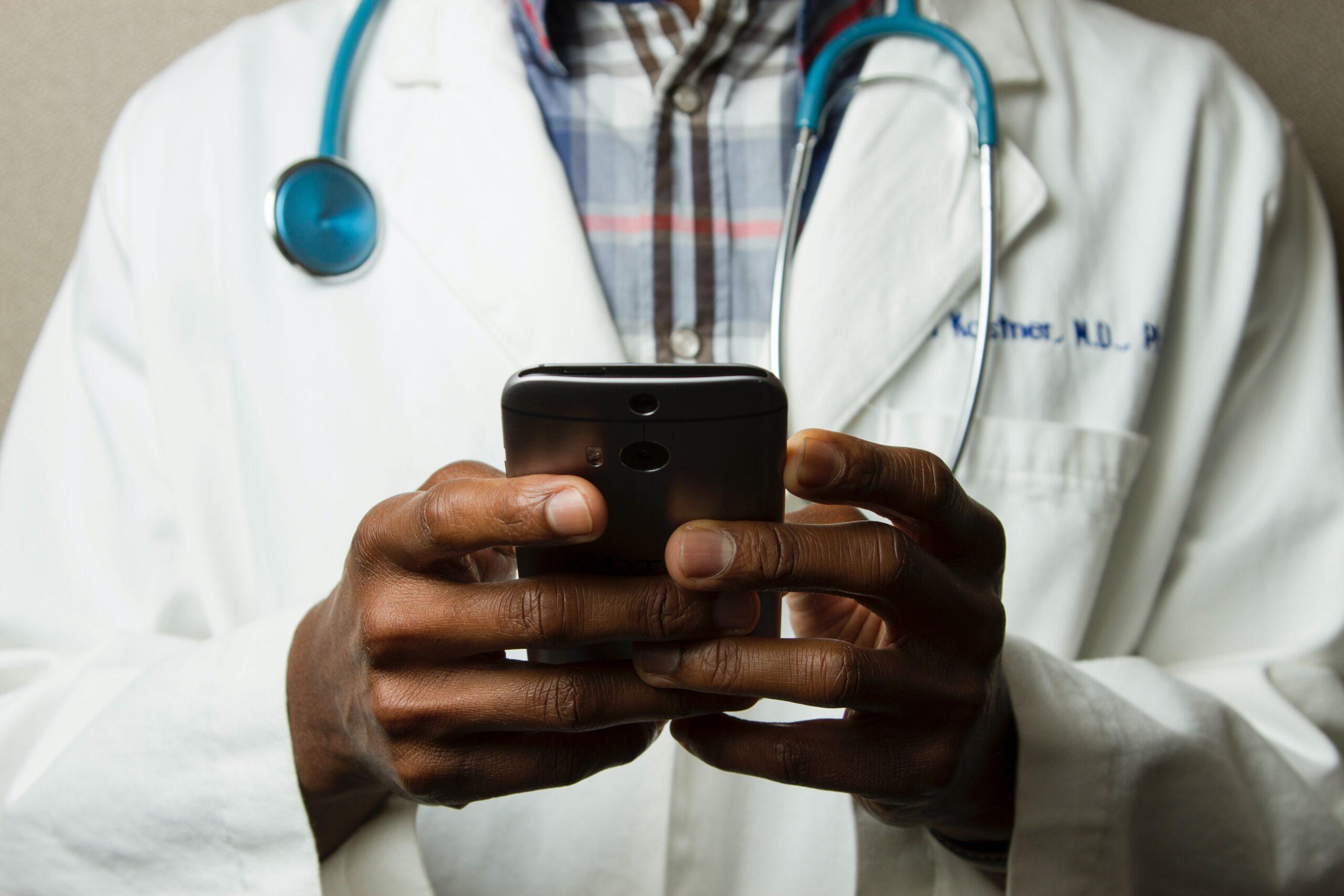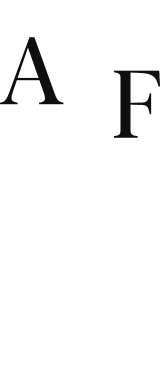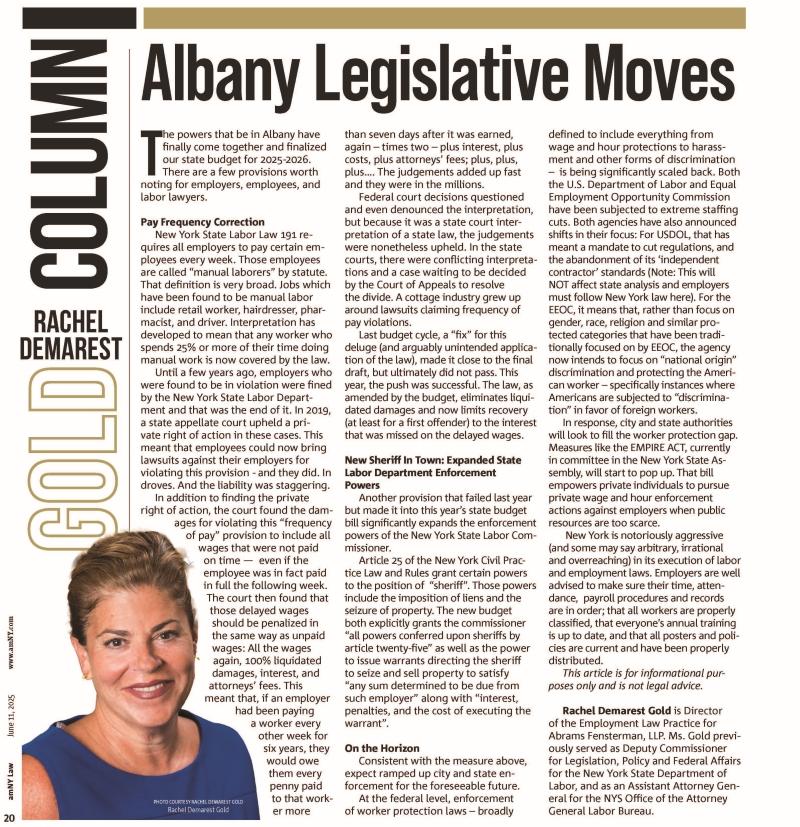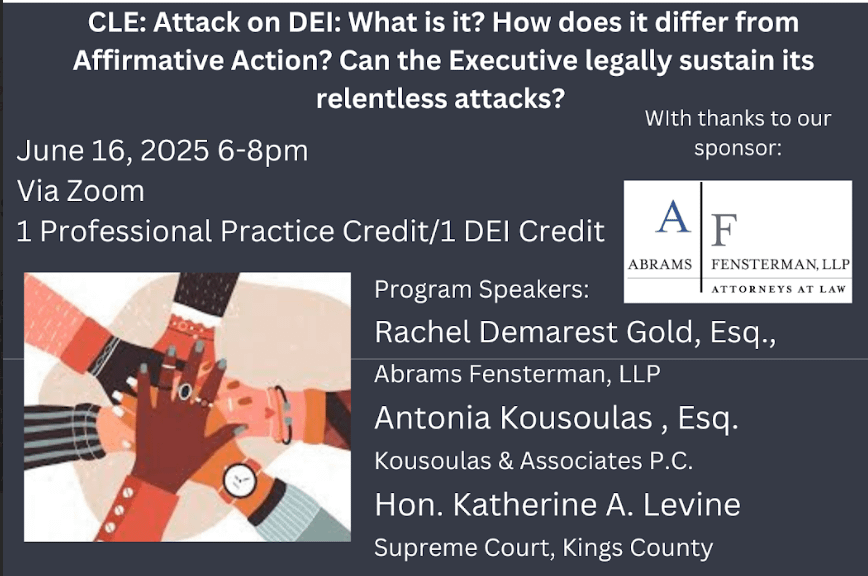The New York State Office of Medicaid Inspector General (OMIG) adopted regulations for compliance programs for medical assistance providers as a new Part 521 of Title 18 of the Codes, Rules and Regulations of the State of New York. The regulations were effective on July 1, 2009 and providers will be required to have a compliance program in place by September 29, 2009.
The regulations apply to providers subject to Articles 28 or 36 of the public health law and Articles 16 or 31 of the mental hygiene law and other persons, providers and affiliates who provide care, services or supplies under the medical assistance program or persons who submit claims for care, services, or supplies for or on behalf of another person for which Medicaid is expected to pay at least five hundred thousand ($500,000) dollars in a twelve (12) month period.
To be eligible to receive (or submit claims for) medical assistance payments for care, services or supplies, the “required provider” must adopt and implement an effective compliance program that applies to billing, payments, medical necessity and quality of care, governance, mandatory reporting, credentialing and other risk areas that are or should with due diligence be identified by the provider. The compliance program must include the following elements:
• written policies and procedures to ensure compliance;
• an employee designated to be responsible for the day-to-day operation of the compliance program;
• training and education for affected employees and persons associated with the provider, including executives and governing body members;
• lines of communication to the responsible compliance person;
• disciplinary policies to encourage participation in the compliance program, including policies that clearly state expectations for reporting compliance issues and assist in their resolution and that delineate sanctions for failing to report and/or facilitating or participating in non-compliant behavior;
• monitoring and auditing of compliance risk areas;
• a system of investigating and responding to compliance risk areas; and
• a policy of non-intimidation and non-retaliation for good faith participation in the compliance program.
OMIG states that it will make available compliance program guidelines for specific providers on its website.
In addition, the provider must submit a certification form provided on OMIG’s website, upon enrollment in the Medicaid program and during the month of December each year thereafter, certifying that the compliance program meets the specified requirements.
The Commissioner of Health and the Medicaid Inspector General are authorized to determine the effectiveness and appropriateness of a provider’s compliance program. A provider that does not have a satisfactory compliance program may be subject to sanctions or penalties, including revocation of its participation in the medical assistance program.
A provider with a compliance program accepted by the United States Department of Health and Human Services (DHHS) Office of Inspector General (OIG) that remains in compliance with such program shall be deemed to meet the New York State requirements, so long as the provider’s program adequately addresses Medicaid risk areas and compliance issues.
If you have any questions or need additional information, please feel free to call Patrick Formato, Barbara Stegun Phair or any of the attorneys in our Health Law Department at (585) 218-9999 or (516) 328-2300.





